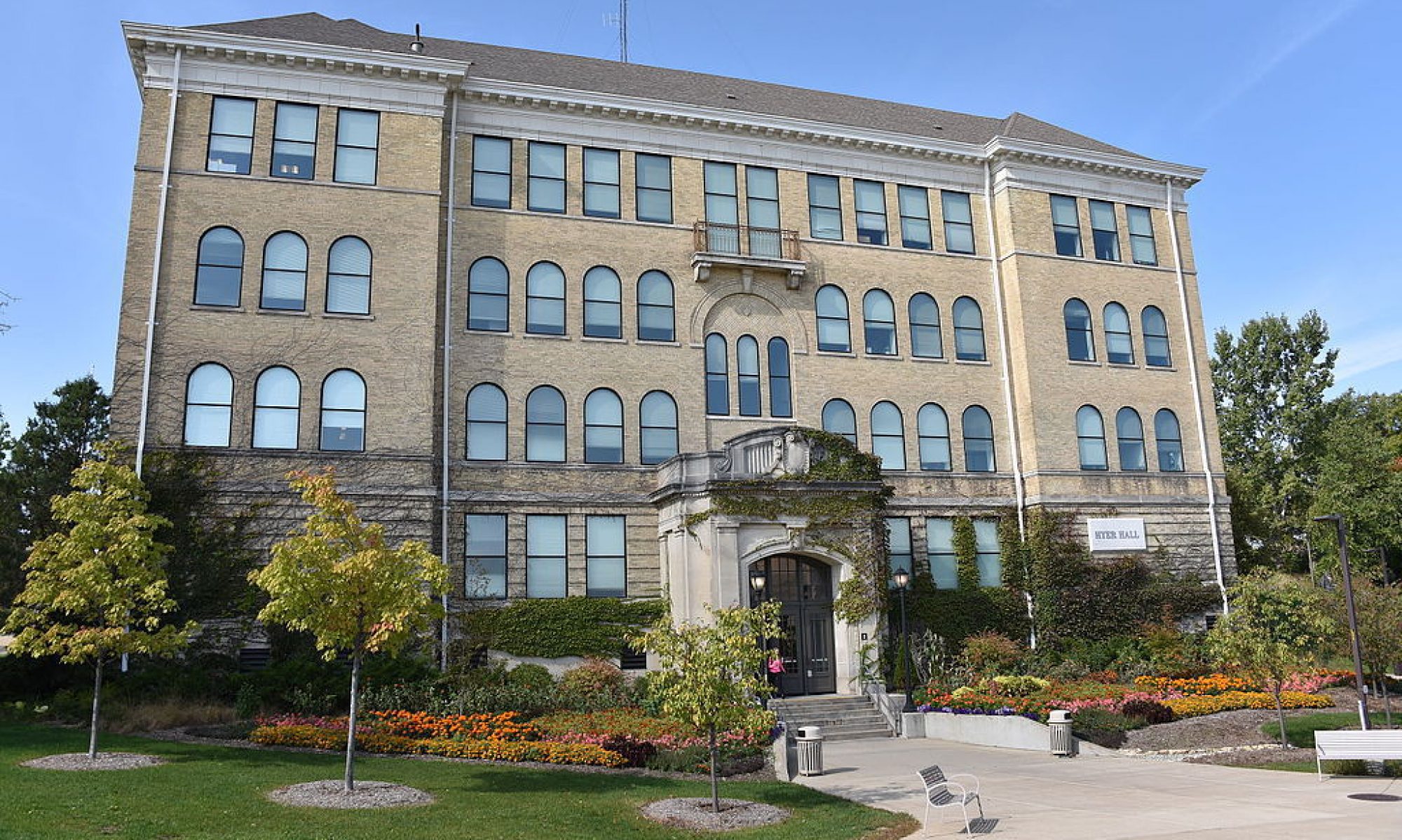
Congratulations to our recent UWW college graduates! Your time and talents have resulted in a well-deserved diploma, but along the way, many have acquired student loans and are now wondering about the repayment process. Let’s break down the steps for our new graduates, and in addition, you are encouraged to utilize the Federal Student Aid’s repayment checklist:
- Direct Federal Loans offer a 6 month grace period before entering repayment, which means repayment will not start until later this year.
- During this grace period, you will need to select your repayment plan. The standard repayment plan is 10 years; however, there are other plan choices.
- Once a repayment plan is chosen, your lender(s) will provide you with a loan repayment schedule, the first payment due date, and the amount of payment.
- You can choose to set up electronic payments or make payments by postal mail.
- Payments can be made before they are due and can be more than the amount due each month. Be sure to communicate the extra amount paid each month should be applied to the principal to ensure the loan is paid off faster.
- If you are having trouble making your loan payment, contact your lender, and you may be able to change your repayment plan to allow for a longer repayment period or one that is income based.
- If you do not make your loan payment, your loan becomes delinquent and will eventually go into default. This will damage your credit, negatively affect your borrowing ability, and may lead to legal action resulting in garnishment of wages and withholding of tax refunds.
For more information on student loans, you are encouraged to schedule a coaching session with the UWW Financial Literacy Center.





